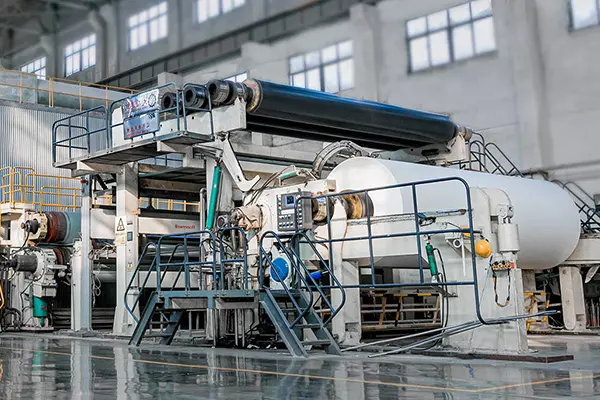Paper Industry Boiler System Solutions
From rough raw materials to flat and clean paper, a piece of paper has undergone countless washings and refinements before it is presented to us. Pulping, modulation, papermaking, and post-processing From pulping to modulation, to papermaking and post-processing, industrial steam boilers are required to provide power. Secondly, the high-temperature and high-quality steam output by the steam boiler will also be transported to various links through pipelines. It is fully mixed with raw materials and becomes one of the raw materials for each step. It can be said that the quality of steam will directly affect the quality of the paper.



